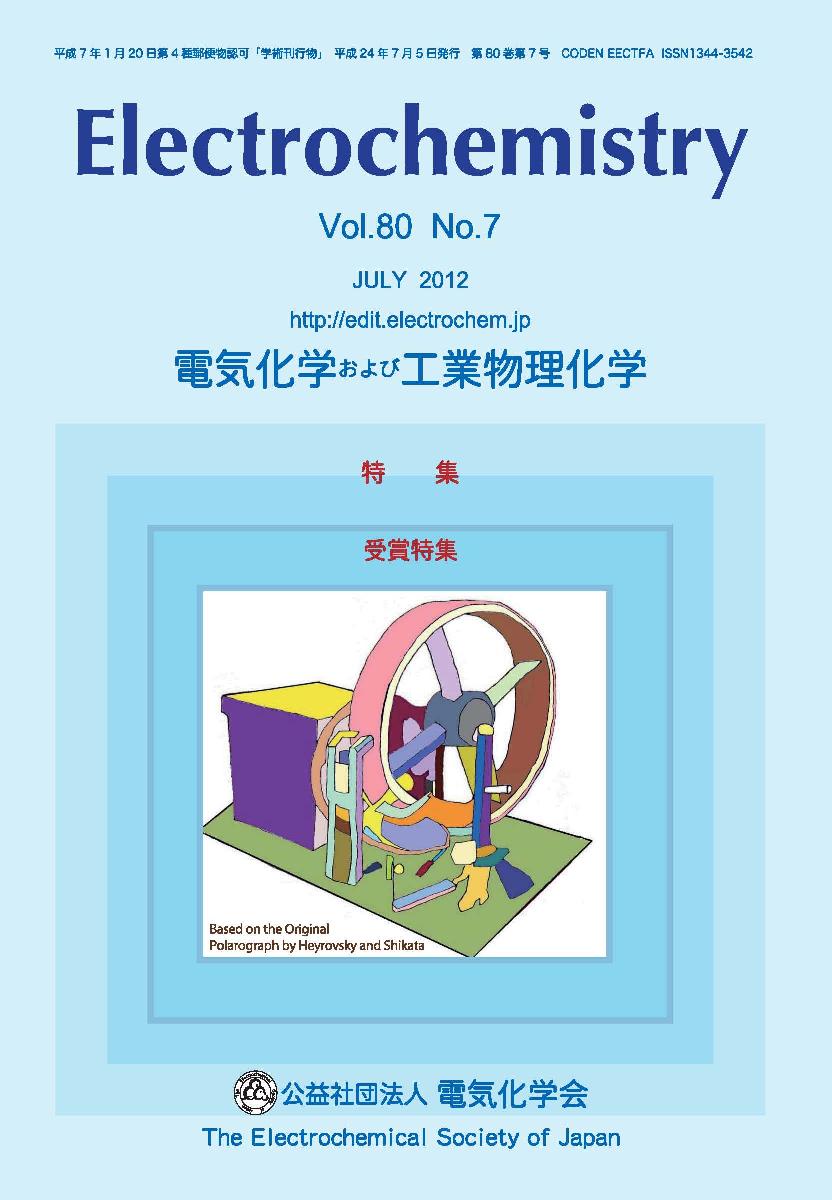Volume 80, Issue 7
Displaying 1-15 of 15 articles from this issue
- |<
- <
- 1
- >
- >|
Preface
-
2012Volume 80Issue 7 Pages 497
Published: July 05, 2012
Released on J-STAGE: July 05, 2012
Download PDF (515K)
Headline
-
2012Volume 80Issue 7 Pages 498-503
Published: July 05, 2012
Released on J-STAGE: July 05, 2012
Download PDF (5683K)
Communication
-
2012Volume 80Issue 7 Pages 504-506
Published: July 05, 2012
Released on J-STAGE: July 05, 2012
Download PDF (810K)
Article
-
2012Volume 80Issue 7 Pages 507-511
Published: July 05, 2012
Released on J-STAGE: July 05, 2012
Download PDF (979K)
Note
-
2012Volume 80Issue 7 Pages 512-514
Published: July 05, 2012
Released on J-STAGE: July 05, 2012
Download PDF (475K)
-
2012Volume 80Issue 7 Pages 515-521
Published: July 05, 2012
Released on J-STAGE: July 05, 2012
Download PDF (7899K)
-
2012Volume 80Issue 7 Pages 522
Published: July 05, 2012
Released on J-STAGE: July 05, 2012
Download PDF (397K) -
2012Volume 80Issue 7 Pages 523
Published: July 05, 2012
Released on J-STAGE: July 05, 2012
Download PDF (362K)
-
2012Volume 80Issue 7 Pages 524-530
Published: July 05, 2012
Released on J-STAGE: July 05, 2012
Download PDF (4553K)
-
2012Volume 80Issue 7 Pages 531-536
Published: July 05, 2012
Released on J-STAGE: July 05, 2012
Download PDF (3728K)
Salon
-
2012Volume 80Issue 7 Pages 537-538
Published: July 05, 2012
Released on J-STAGE: July 05, 2012
Download PDF (700K) -
2012Volume 80Issue 7 Pages 539
Published: July 05, 2012
Released on J-STAGE: July 05, 2012
Download PDF (1046K)
-
2012Volume 80Issue 7 Pages 538
Published: July 05, 2012
Released on J-STAGE: July 05, 2012
Download PDF (347K)
-
2012Volume 80Issue 7 Pages 540-548
Published: July 05, 2012
Released on J-STAGE: July 05, 2012
Download PDF (920K) -
2012Volume 80Issue 7 Pages 550
Published: July 05, 2012
Released on J-STAGE: December 27, 2023
Download PDF (398K)
- |<
- <
- 1
- >
- >|
